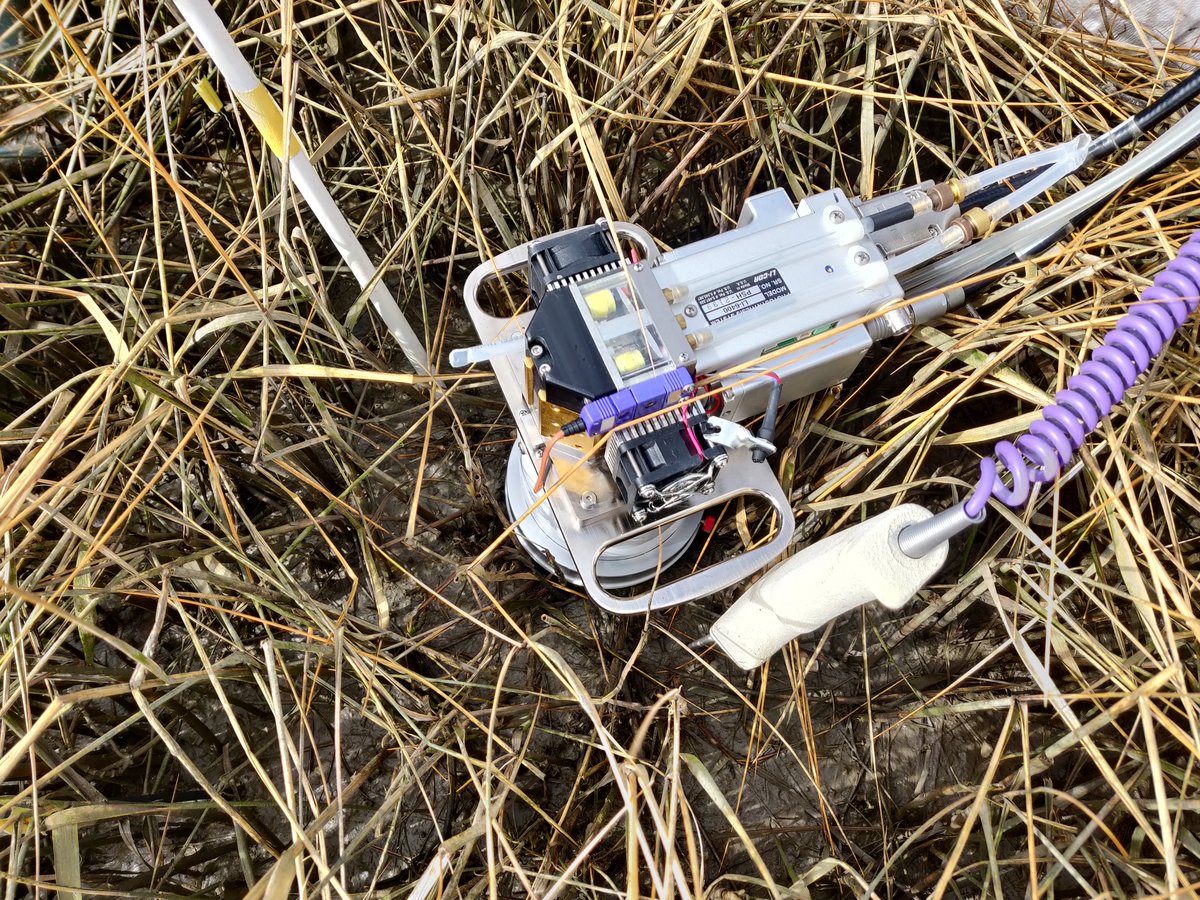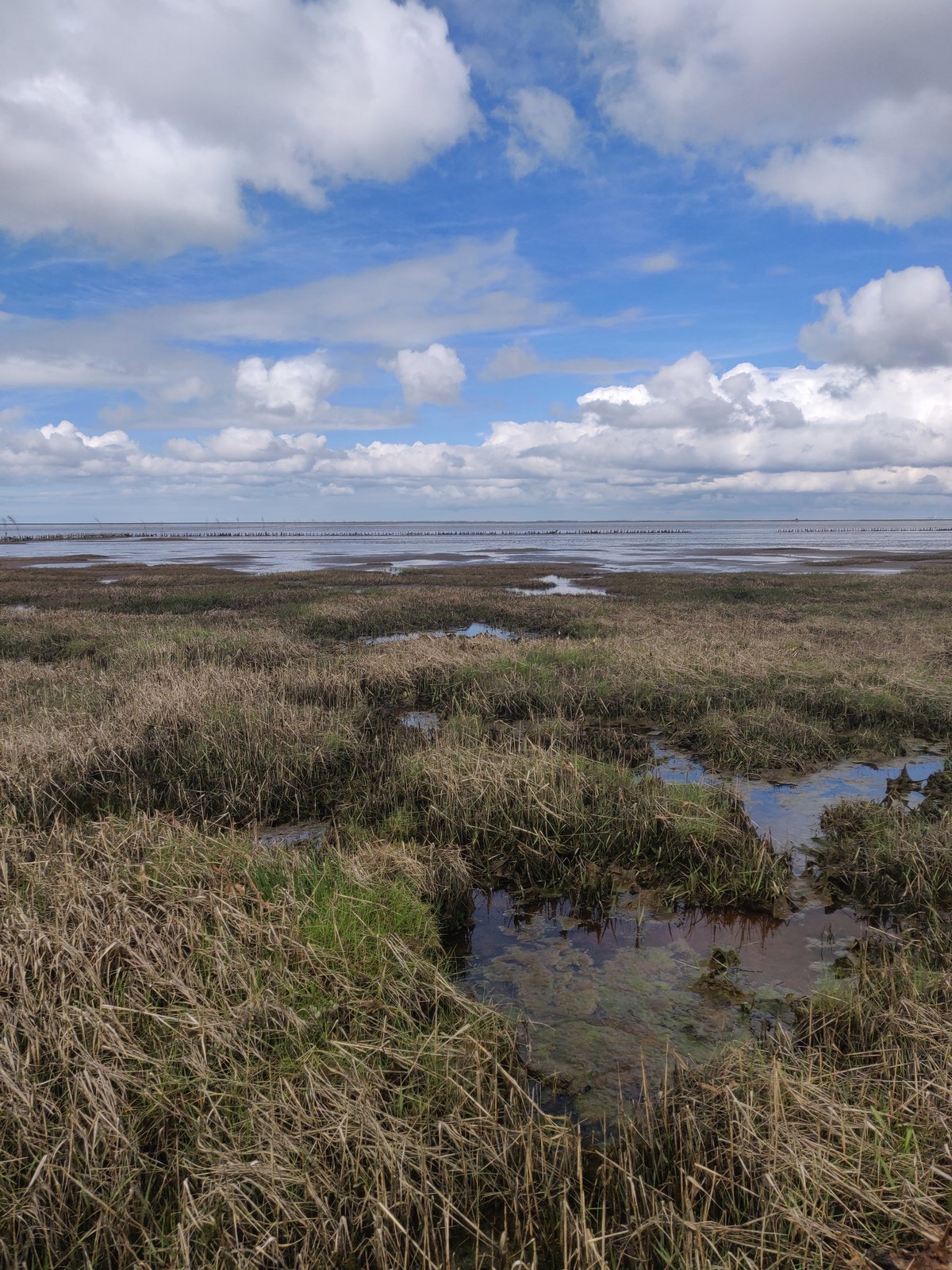Is there a hidden CO2 sink in Danish coastal ecosystems?
Salt marshes capture and store significant amounts of carbon, thus contributing to the mitigation of climate change. Carbon, primarily captured as CO2 by photosynthesis, is incorporated in the local microbiota, flora and fauna, and buried in the sediment. Carbon release to the atmosphere is usually low in those ecosystems, due to anoxia caused by flooding and the high soil salinity. Contrary to common expectations, we measured CO2 uptake in the sediment rather than CO2 release. This process cannot be explained by photosynthesis or chemoautotrophic bacteria. In your thesis, you will examine this to date unidentified process, which results in net carbon accumulation in the mudflats. You will work at the interface between vegetation ecology and microbial, as well as geochemical, processes in the Danish Wadden Sea, and help solve this exciting enigma.
Contact: Hans Røy
The project proposal has been submitted 15.06.2024.

